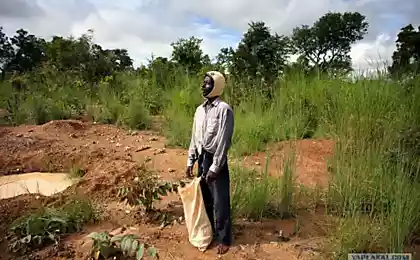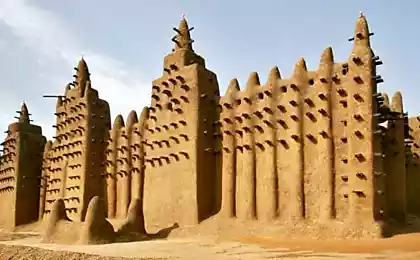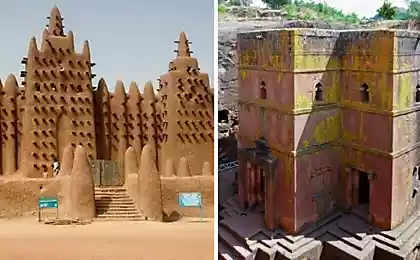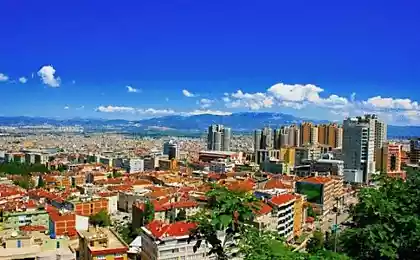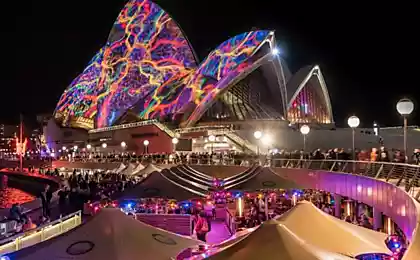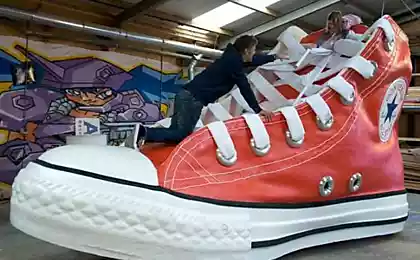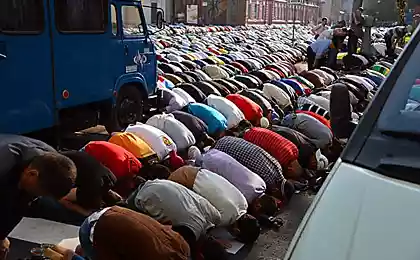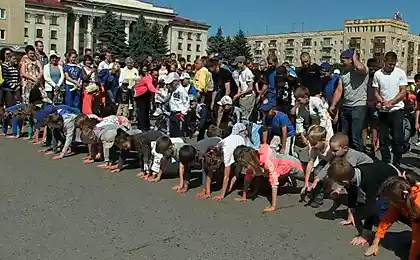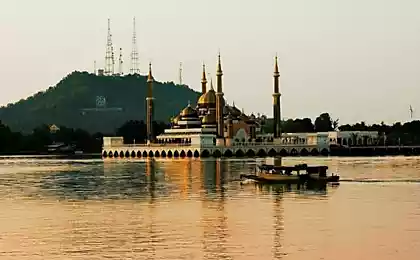1175
Great Mosque of Djenne - another record architecture
The massive building tremendous sizes located in one of the most ancient cities in Africa, which is now on the territory of Mali. This mosque is considered the world's largest alluvial clay-building.
The city of Djenne was founded approximately in the IX-th century BC and is considered one of the oldest cities in the south of the Sahara desert. For years, Jenna has been and remains one of the centers of Islamic culture. Construction of the Great Mosque began in 1906 and, almost, was completed a year later. Although some sources say that it happened two years later. It was erected on the site of the old mosque destroyed by the French. The building is considered the finest example of the Sudan-sayhelskogo architectural heritage and is the largest in the world, made of mud bricks. Since 1988 the Great Mosque of Djenne is a UNESCO World Heritage Site. If you are not a Muslim, then the inside of the mosque will not get there.
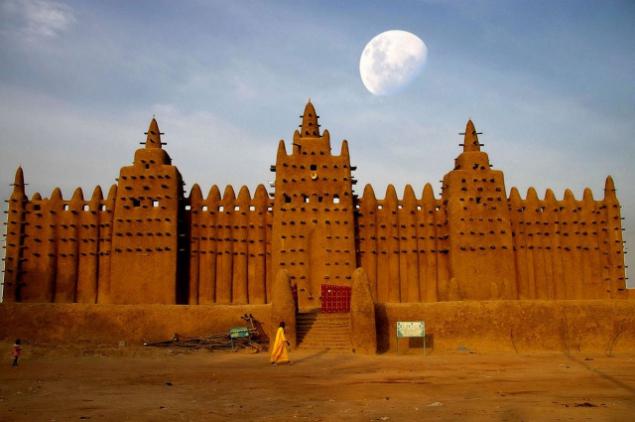
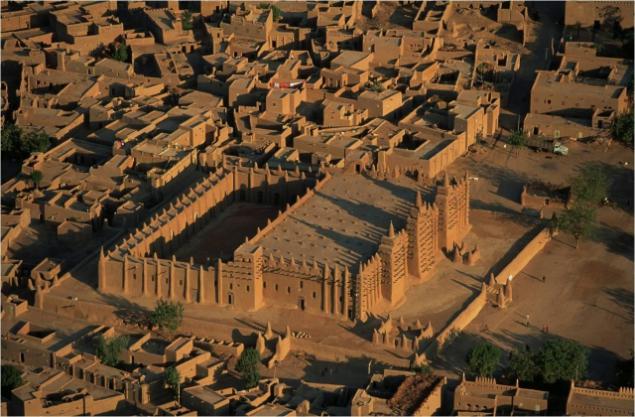
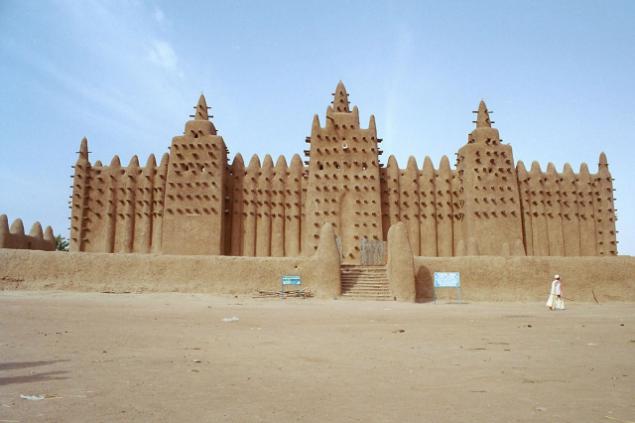


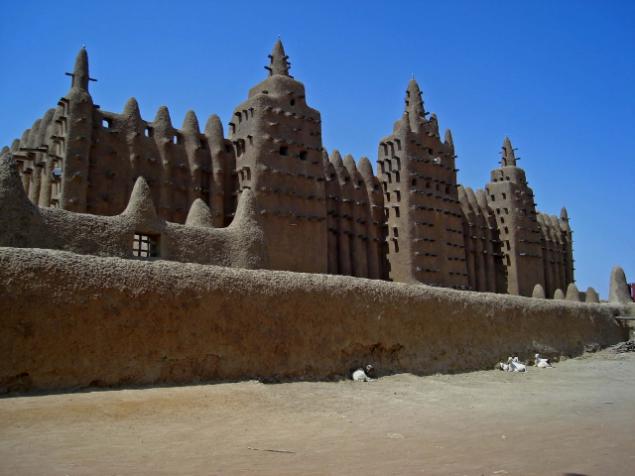
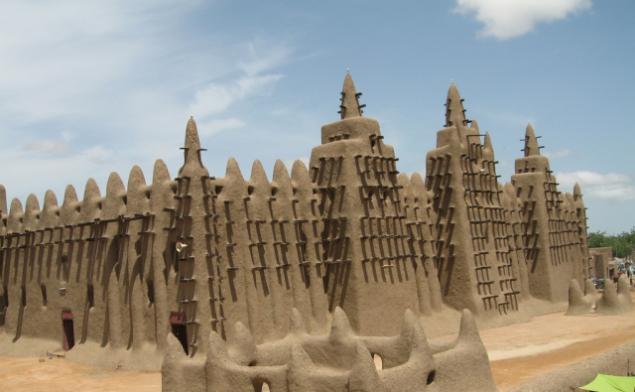
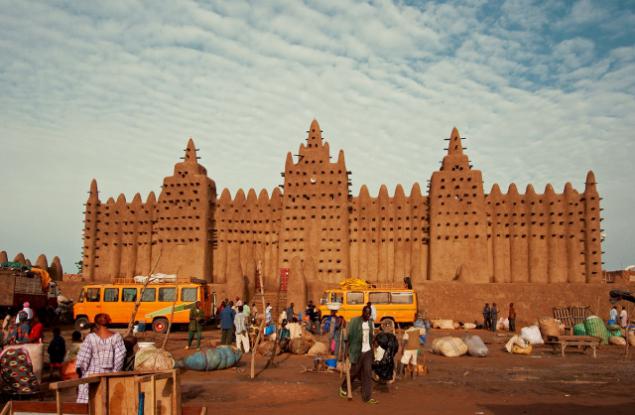
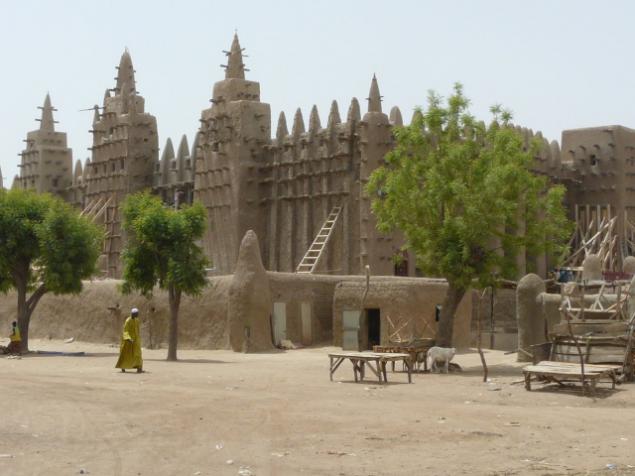


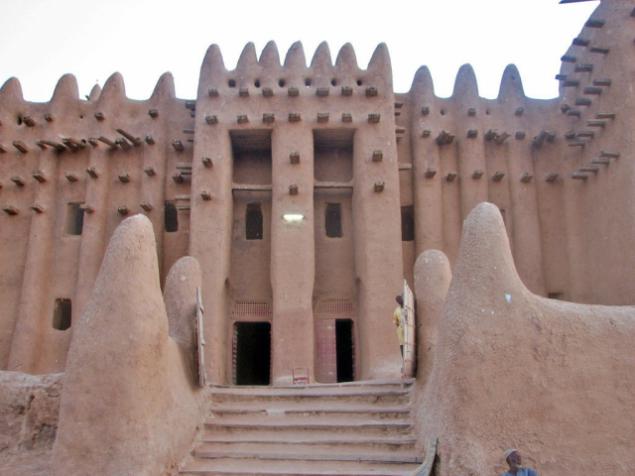
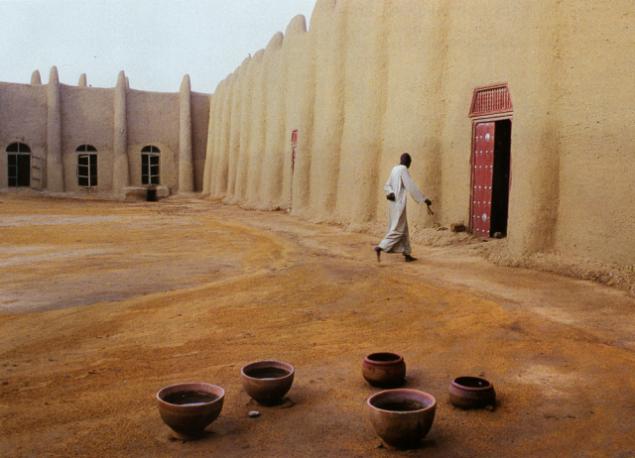
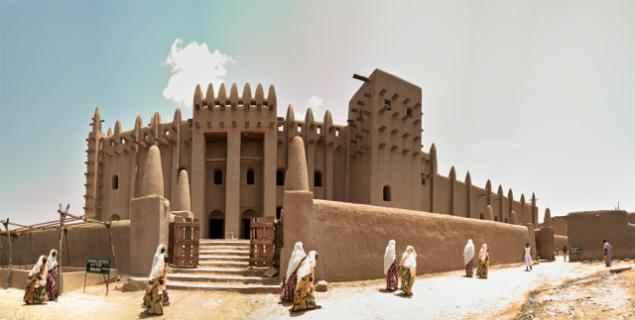
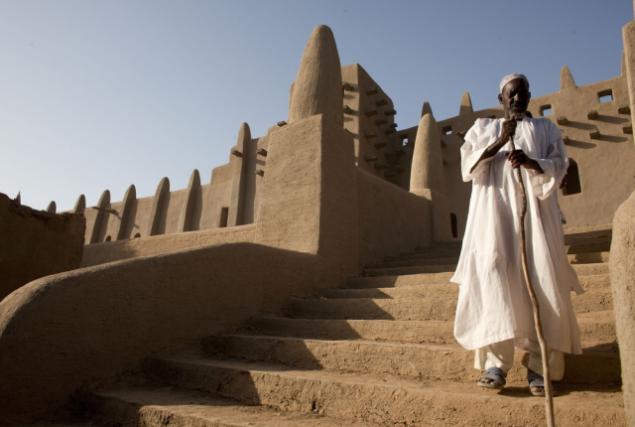
The city of Djenne was founded approximately in the IX-th century BC and is considered one of the oldest cities in the south of the Sahara desert. For years, Jenna has been and remains one of the centers of Islamic culture. Construction of the Great Mosque began in 1906 and, almost, was completed a year later. Although some sources say that it happened two years later. It was erected on the site of the old mosque destroyed by the French. The building is considered the finest example of the Sudan-sayhelskogo architectural heritage and is the largest in the world, made of mud bricks. Since 1988 the Great Mosque of Djenne is a UNESCO World Heritage Site. If you are not a Muslim, then the inside of the mosque will not get there.
















